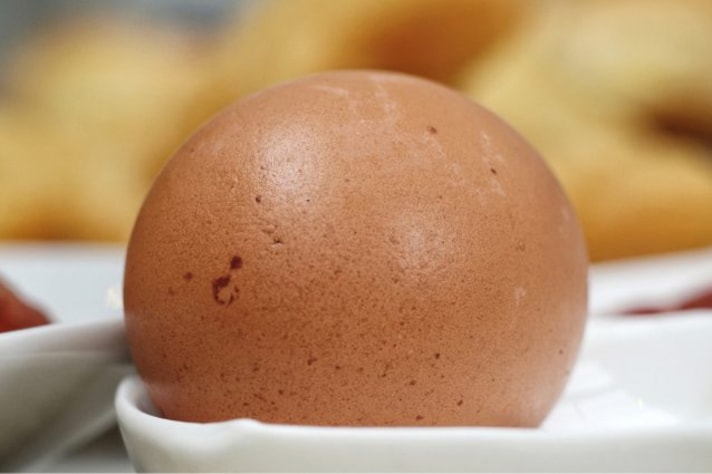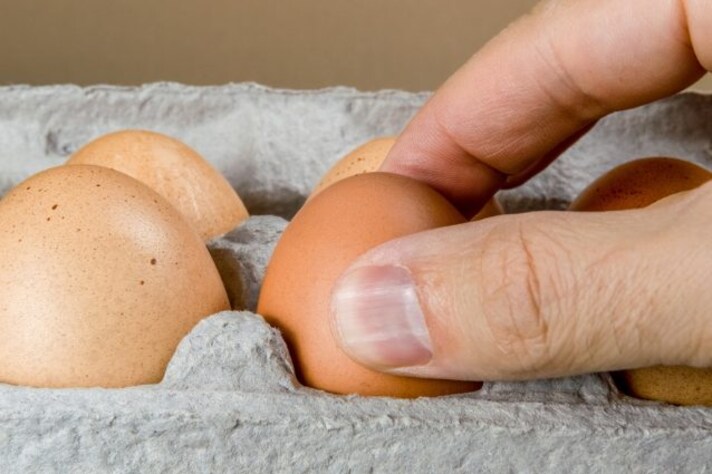
Eggs are one of the staple foods in the American diet, perfect for breakfast, a quick lunch, or a light dinner. When we buy them, they come neatly packed in cartons, displaying their smooth, pristine eggshells. But sometimes, we encounter eggs with spots or bumps, leading us to wonder: what do these oddities mean? Are these eggs unsafe to eat? And why were they sold to us in the first place? Let's crack open these questions and get to the yolk of the matter.
Why Are There Dots and Spots on Your Eggs?
When you find spots on your eggshells, don't be too shell-shocked. These spots are typically calcium deposits or pigment variations. They can occur for several reasons, including the hen's age, stress levels, or even genetics. Older hens, in particular, tend to lay eggs with more spots due to changes in their reproductive systems. Additionally, high levels of stress or sudden changes in the environment can cause these irregularities. These spots are natural and generally harmless, merely adding a bit of character to your breakfast.

What About the Bumpy Spots on My Eggs, Then?
Bumps on eggshells might look concerning, but they're usually nothing to worry about. Bumpy or rough patches on an eggshell are often caused by a disruption in the calcium deposit process as the egg forms inside the hen. This can be due to the hen's diet lacking in calcium or an overabundance of it, as well as occasional hiccups in the hen's reproductive system. It's like the hen had a bad eggshell day. These bumps do not affect the quality or safety of the egg inside, just the outer aesthetics.
Can I Still Eat Eggs With Spots and Bumps?
So, are these spotty or bumpy eggs safe to eat? The good news is that, in most cases, they are perfectly safe. These surface imperfections don't indicate any problems with the egg's quality or safety. Eggs with spots or bumps have undergone the same safety checks as their smoother counterparts. However, if an egg is cracked or has a foul odor once you open it, it's best to discard it. Trust your senses—if it looks or smells off, don't risk it.

How to Check if an Egg is Spoiled
To ensure your eggs are fresh, there are a few telltale signs to look for. The most popular method is the float test: place the egg in a bowl of water. Fresh eggs sink, while older eggs will stand upright or float, indicating they might be better suited for the compost than the kitchen. Additionally, check for any unusual odors—fresh eggs should have a neutral smell. If you crack open an egg and the whites are runny or the yolk is discolored, it's time to say goodbye. Remember, when in doubt, it's safer to toss it out.
;Resize,width=767;)
